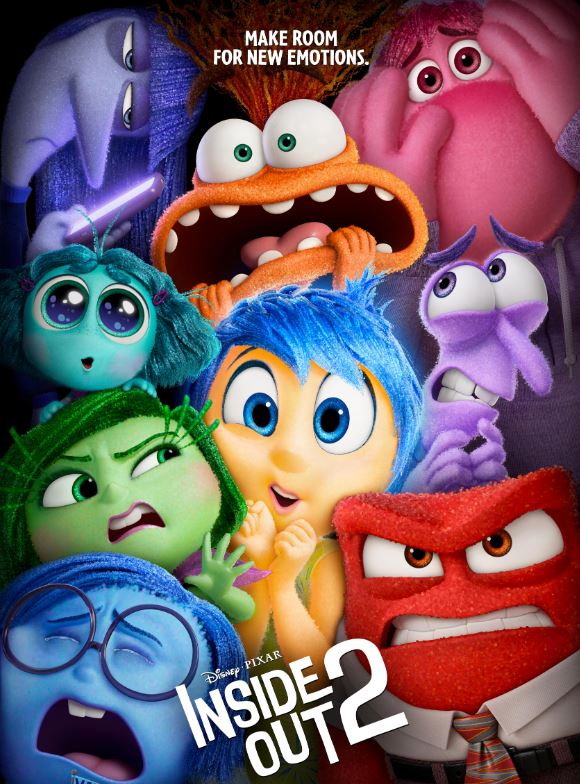
Rated PG, 1 Hour 36 minutes
Fair Value of Inside Out 2: $7.00. I didn’t feel like I wasted my money, but I also wouldn’t spend money to see it again.
Envy is the nemesis of the sequel. There are far too many sequels that fail because the script spends more time trying to outdo rather than trying to do, and subsequently, the sequel does not. Great sequels have the confidence to be their own works, separated and distinct yet familiar and reminiscent.
Consider the tonal shift between A New Hope and Empire Strikes Back; or how For a Few Dollars More moved beyond A Fistful of Dollars shifting allegiances into an entire caste of dubious traitors, mercenaries, and double agents. And faint praise is the nemesis of the review of works which are good, rather than transcendental. I’d recommend Inside Out 2 as a good annex to the original, but it is more of an action comedy, where the first film was an ensemble comedy. In the rushing to and fro, Inside Out has more characters but less characterization. Yet paradoxically, for a film with a cast of nine emotions, there’s really only two: Joy (Amy Poehler) and Anxiety (Maya Hawke).
From Depressive to Manic: Puberty unleashes an earthquake in the psychic landscape of young Riley (Kensington Tallman), who experiences an emotional coup as she goes off to Hockey Camp at the end of her Junior High School experience. As she worries about being separated from her old friends and starting as a freshman at high school, a new regime bottles up the old emotions of Joy, Anger (Lewis Black), Sadness, Disgust, and Fear; now it will be Anxiety, Envy, Embarrassment, and Ennui leading Riley into new ways of behavior.
And therein lies the peril, as Riley’s new emotions lead her into moral and social jeopardy. Joy must muster her colleagues as they make their way across the landscape of Riley’s subconscious, rafting down the Stream of Consciousness, wending across the Sar Chasms, and braving the Brainstorms to return back to the control panel.
But, with more action and more characters comes less characterization. We see more of the emotions doing things, but we see less of the emotions being actual emotions, and subsequently, there is less catharsis, less emotional resolution than the original film. Inside Out 2 is also a more plastic and cartoony film than the original, relying more upon action, slapstick than on clever metaphors and set pieces.
For all that being said, this is a film worth seeing, because it’s beneficial to understand the nuances of emotions, and how they feed into the ever-shifting sense of self. If the first Inside Out was based around the theme of accepting and making room for negative emotions, Inside Out 2 is a film about cognitive dissonance and the necessity of recognizing all emotions in order to reach a healthy and functional self.
Leave a Reply